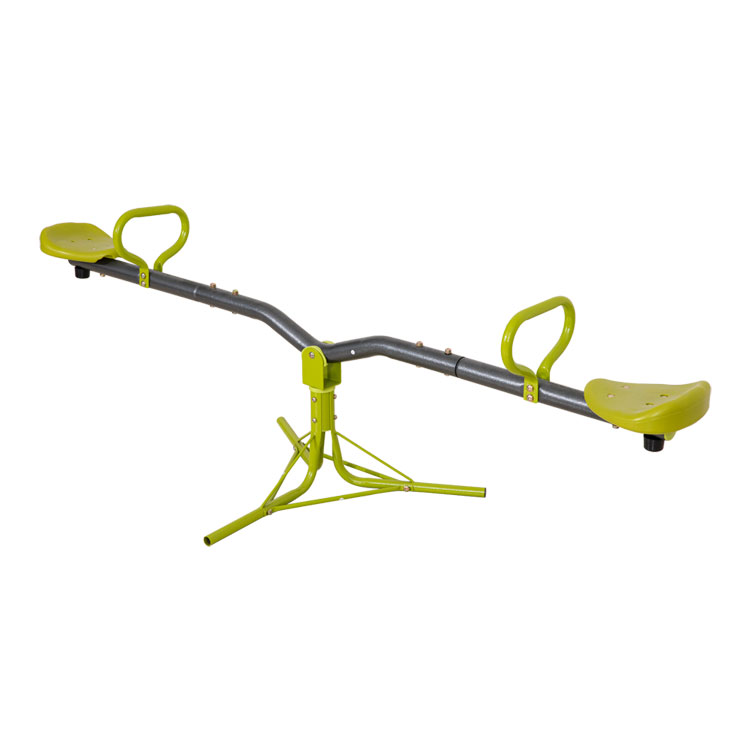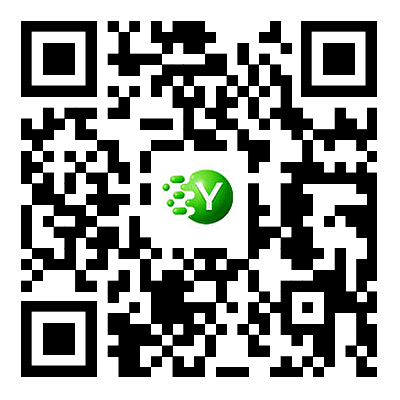Features of Teeter-Totters
2024-06-21
A teeter-totter, also known as a seesaw, is a classic playground equipment item that consists of a long, narrow board balanced in the center on a pivot (fulcrum). It allows two children (or individuals) to sit on opposite ends and alternately push off the ground to move up and down. Here’s an overview of teeter-totters, their features, variations, and usage:
Features of Teeter-Totters:
1. Construction:
- Board: Typically made of wood, plastic, or metal, and can vary in length depending on the design and intended age group.
- Fulcrum: Central pivot point that allows the board to pivot up and down.
- Handles or Grips: Located on the ends of the board to provide stability and support for users.
2. Design Variations:
- Traditional Playground Seesaw: Found in parks and playgrounds, often designed for children with seats or platforms for comfortable seating.
- Adjustable Teeter-Totters: Some models allow height adjustments or modifications to accommodate different age groups or users of varying sizes.
- Two-Person or Multi-Person: Designed for two users per side or larger models that accommodate multiple users simultaneously.
3. Safety Features:
- Ground Clearance: Designed with sufficient ground clearance to prevent the board from hitting the ground when in use.
- Rubber Bumpers: Installed at the base to cushion impact and reduce noise during movement.
- Smooth Pivoting Mechanism: Ensures smooth and controlled movement for a safe and enjoyable experience.
4. Materials and Durability:
- Weather-Resistant Materials: Built to withstand outdoor elements such as sunlight, rain, and temperature fluctuations.
- Sturdy Construction: Ensures stability and durability to support users safely during play.
Usage and Benefits:
1. Physical Activity:
- Promotes physical exercise and coordination as users work together to balance and move the teeter-totter up and down.
- Engages core muscles, legs, and arms as users push and lift themselves off the ground.
2. Social Interaction:
- Encourages cooperative play and social interaction between children or users as they coordinate movements to enjoy the ride.
- Builds communication skills and teamwork as participants negotiate turns and movements.
3. Playground and Recreational Settings:
- Commonly found in parks, playgrounds, schoolyards, and recreational facilities as a popular and timeless play equipment.
- Offers children and families an opportunity for outdoor play and recreation in a safe and supervised environment.
4. Educational Benefits:
- Helps children understand basic principles of physics, such as balance, leverage, and cause-and-effect relationships.
- Enhances spatial awareness and motor skills development through active play and movement.
Considerations:
1. Age Appropriateness:
- Ensure the teeter-totter is suitable for the age and developmental stage of users to prevent accidents or injuries.
- Supervise younger children to ensure safe use and proper behavior on the equipment.
2. Maintenance and Inspection:
- Regularly inspect the teeter-totter for signs of wear, damage, or loose components that may affect safety.
- Follow manufacturer’s guidelines for maintenance and ensure any repairs are promptly addressed.
3. Safety Guidelines:
- Encourage users to sit facing each other and hold onto handles or grips during play.
- Establish rules for safe use, such as alternating turns and avoiding sudden movements or jumping off the teeter-totter.
Teeter-totters provide a fun and engaging outdoor activity for children and users of all ages, fostering physical activity, social interaction, and developmental skills. When properly maintained and supervised, they offer a safe and enjoyable play experience in various recreational settings.



